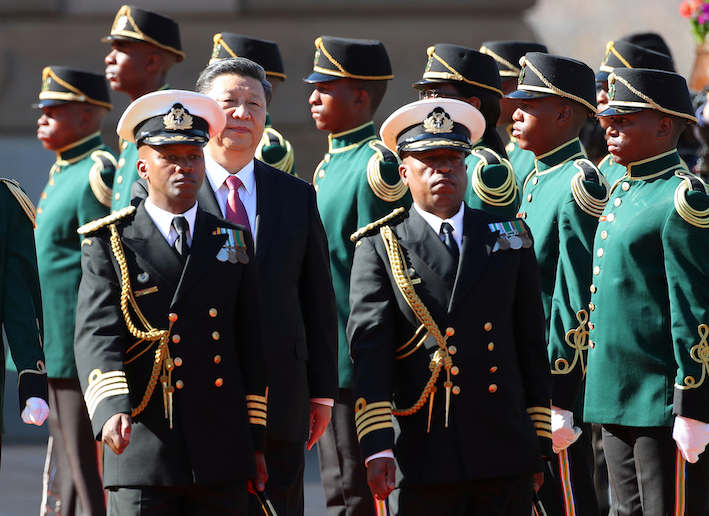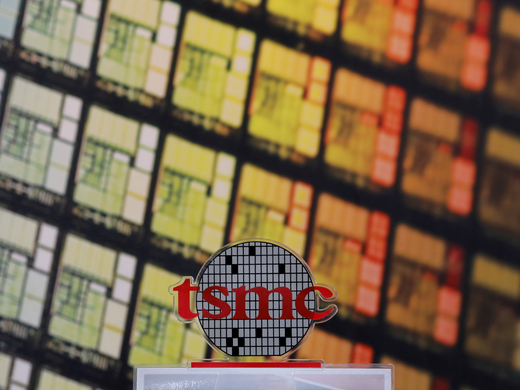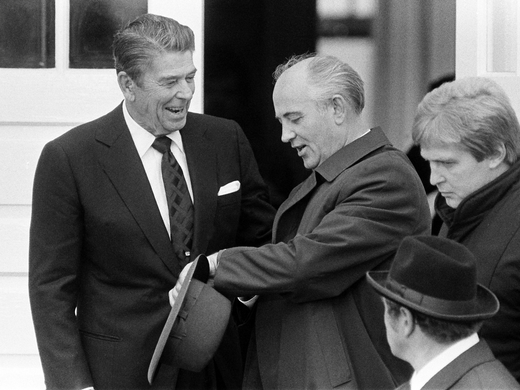China’s Belt and Road Initiative (BRI) has long been blamed for Africa’s debt sustainability. The accusation that the BRI, launched in 2013, is a deliberate “debt trap” first emerged in 2017, and has been used to criticize China’s investment in Africa ever since.
But this criticism is misleading. China did not intentionally entrap BRI countries into debt distress, as the case of Sri Lanka shows. (In that instance, the government of Sri Lanka took the initiative to ask for China’s help in financing the Hambantota International Port project in 2007, six years before the BRI’s inception.) Chinese lending accounted for only 12 percent of Africa’s total US$696 billion external debts in 2020. And it made up less than 15 percent of debt stock in more than half of the continent’s 22 low-income countries struggling with debt. It isn’t Chinese investment, but the model of the Chinese investment, that has contributed to debt distress in some African countries.
Chinese lenders have indeed accumulated a large portion of debt stock in Africa in the past decade. With a higher percentage of Chinese loans comprising their total external debt stock, debt distress has become a serious problem in countries such as Angola, Djibouti, Ethiopia and Kenya. China’s state-driven overseas investment model, which is transplanted from its long-standing domestic practices, largely contributes to debt distress in these African countries.
Again, it’s the model, not the investment, that’s the problem.
In contrast with profit-oriented investment by the private sector, China’s state-backed overseas investment follows a top-down route, driven by politics. It usually begins with high-level policy coordination through bilateral agreements or multilateral channels such as the Forum on China-Africa Cooperation (FOCAC). Following this will be a project contract signed by state-owned enterprises (SOEs), project approval by government agencies overseeing outbound investment, financial support by state-owned policy banks and commercial banks, and SOE implementation.
Following Chinese government guidance, these investments usually go to huge infrastructure projects for transport, energy, real estate, etcetera. They come in different forms, including loans and grants, foreign direct investment (FDI), contracted projects, equity funds and so on.
The state-led investment model can lead to problems and risks such as non-transparency and corruption, lower economic efficiency, lower degrees of localization, and a lack of participation by the private sector and other international investors.
How do the problems that accompany the Chinese outbound investment model contribute to Africa’s debt woes? A mini case study of lending through FOCAC could shed some light.
Following the same financing model as China’s state-driven FDI and contracted projects in Africa, lending through FOCAC puts political agendas first.
Established in 2000, FOCAC is the primary uni-multilateral mechanism for major policy coordination between China and the countries of Africa. The institutionalized forum is held every three years and has become the main platform channelling Chinese loans to the continent since 2006. Total promised lending through FOCAC between 2006 and 2021 was US$191 billion, with about $155 billion implemented by 2021 (see Table 1). A comparison of this number with data on China’s FDI and contracted projects illustrates the significance of the loans financed through FOCAC (see Figure 1).
Following the same financing model as China’s state-driven FDI and contracted projects in Africa, lending through FOCAC puts political agendas first. Economic considerations, including loans and investment programs, must accommodate this. Commitments at a preceding FOCAC will be delivered within the three-year interval. These show China’s consistency in keeping its promise to African countries.
The established mechanisms for implementing FOCAC’s commitments guarantee that the financing arrangements will be fulfilled in three years. China’s official records show that all the loans promised at each forum since 2006 have been implemented in that time (see Table 1).
But this seemingly efficient financing arrangement comes at the expense of economic returns for China and recipient countries, and debt sustainability for recipient countries; these are not prioritized goals in China’s state-led lending model. In practice, it isn’t possible for most big investment plans to be implemented in three years. Loans driven by political will under FOCAC are approved and provided in a short time. They can lead to reckless investment and contribute to debt distress.
Africa’s debt distress could be intensified by the small size of its economies compared to China’s, and by these rapidly built loan stocks in such short periods. For example, the massive amounts lent to Zambia for a single project (US$337.6 million) under the 2015 FOCAC commitments added hugely to the country’s external debt.
Non-transparency is another big problem associated with the state-backed lending model. There’s a lack of public scrutiny of loan agreements. This could see African governments who are already cash-strapped borrowing excessively and landing in more debt. Chinese lenders are in a dominant position in these loan agreements. The agreements usually contain complicated guaranteed debt repayment measures and other controls such as confidentiality and “no Paris Club” clauses for debt restructuring to secure the creditors’ interests.
Political achievements, economic interests and bureaucratic gains for China obtained through FOCAC financing explain further why the country sticks to this bilateral lending model. The concession loans, grants and interest-free loans and equity funds made available through FOCAC help strengthen political ties, boost rapport and realize China’s foreign policy goals.
The BRI, comprising hundreds of bilateral agreements between China and recipient countries, is President Xi Jinping’s signature foreign policy. Only nine African countries had signed up to join the BRI before FOCAC in 2018. Twenty-eight African countries and the African Union Commission signed the BRI agreements during the 2018 FOCAC, helping China to grow the initiative.
When African states face financial difficulties, China typically tries to restructure existing debts and postpones the problems with the aim of finding a future solution, rather than granting total debt forgiveness.
The priority of politics in lending via FOCAC doesn’t mean China doesn’t care about its economic interests — it still benefits financially with this state-led investment model. Chinese loans usually require state guarantees for repayment from recipient countries. The Chinese concessional loans for infrastructure projects typically come with Chinese SOEs as the main contractors, and a requirement for purchasing equipment and materials from China. This helps reduce the risk of loan defaults and promotes the export of Chinese industrial capacity and equipment.
When African states face financial difficulties, China typically tries to restructure existing debts and postpones the problems with the aim of finding a future solution rather than granting total debt forgiveness.
Bureaucracies in charge of financing through FOCAC and the BRI also benefit. There are many stakeholders under the lending model, all of whom can claim multiple credits from the same loans and projects under FOCAC and the BRI. These include the Export-Import Bank of China, the China Development Bank, commercial banks, and SOEs and their supervisor agencies. Government agencies overseeing outbound investment such as the foreign affairs, commerce and finance ministries, the China International Development Cooperation Agency, and the National Development and Reform Commission also all benefit.
China is Africa’s biggest bilateral creditor. It tends to solve debt problems bilaterally or provide debt relief via FOCAC. Facing strict regulations and responsibility for maintaining the balance sheet and appreciating the value of state assets, Chinese state financiers are eager to ensure the loans and investments are repayable and profitable.
But bad loans and debt distress have cost China’s government economically and politically, both at home and abroad, and have made Beijing realize that the bilateral approach on its own isn’t enough. In 2017 the country turned to a multilateral approach to mitigate the negative impact that comes with the BRI’s bilateral financing.
Post-COVID-19, China has been under pressure to apply multilateral approaches to Africa’s debt distress. Although reluctantly, Beijing has participated in debt relief initiatives under the Debt Service Suspension Initiative and the Group of Twenty’s Common Framework, significantly contributing to debt relief. However, the amount of relief China has promised accounts for only one percent of its total lending to the continent from 2000 to 2020.
China’s preferred state-backed bilateral lending has contributed to debt distress in certain African countries, while providing needed loans for development on the continent.
The lending model won’t change in a significant way in the foreseeable future. The more important issue is to improve domestic governance and try to support a stable political environment for investors in the recipient African countries that can put them in a better position to grow their economies.
Furthermore, the United States and the European Union’s counter-measures to China’s BRI, the Partnership for Global Infrastructure and Investment and the Global Gateway, have enabled African countries to more wisely use the investment from both China and the West to improve domestic governance for future development.
This article was first published by the Institute for Security Studies (ISS) African Futures.



